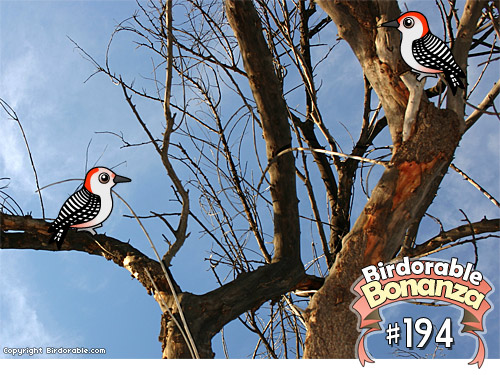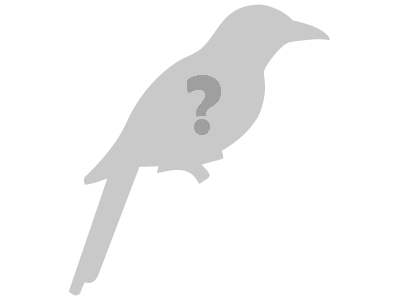Birdorable 194: Red-bellied Woodpecker

Just six more birds in the Birdorable Bonanza until we reach our 200th Birdorable. We hope you like all the new birds so far. Today's species is one of our favorite local birds, the Red-bellied Woodpecker. This cute woodpecker lives in the eastern part of North America. They are named for a reddish tint found on the lower belly.
Until the 31st of July we'll be adding a new bird every day as part of our Birdorable Bonanza until we reach the 200th at the end of this month. Here's a preview of tomorrow's bird:









Comments
Leave a comment
Thank you!